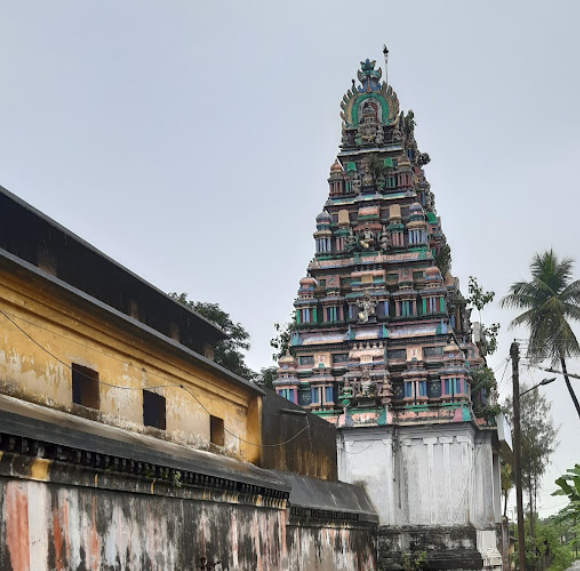Origin :-
Thiru Pullaboothangudi Temple, dedicated to Vishnu, is located in Pullaboothangudi near Kumbakonam, Tamil Nadu. Built in Dravidian style, it is praised in the Divya Prabandha by the Azhwar saints from the 6th–9th centuries AD and is one of the 108 Divya Desams. Vishnu is worshipped as Kolavalli Ramar and Lakshmi as Sita here. The temple has a small shrine with a Vimanam, a five-tier Rajagopuram, and a temple tank to the north. Originally built by the Medieval Cholas, it also saw contributions from later kings. The temple is 8 km from Kumbakonam and 3 km from Swamimalai.
Puranic Significance :-
When Ravana abducted Sita, the King of the Eagles, Jatayu, fought bravely to save her. Ravana, however, struck Jatayu with his sword, leaving him gravely wounded. As Jatayu lay dying, he called out feebly, "Rama, Rama." Rama and Lakshmana, who were nearby, heard his cries and rushed to his side. Jatayu used his last breath to inform them about Sita's abduction by Ravana. Overcome with grief, Rama wanted to perform the funeral rites for Jatayu. According to tradition, these rites require the presence of a wife. In Sita's absence, Rama fervently thought of her, and in response, Bhooma Devi manifested in Sita's form to assist him. With her presence, Rama was able to conduct the rites for Jatayu. In memory of this event, the Thiru Pullaboothangudi Temple was established.
